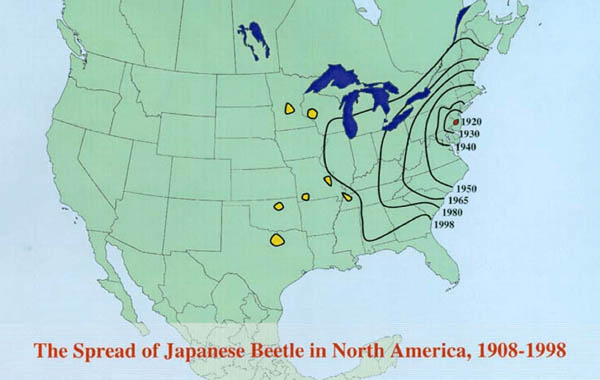Brambell Report 1965 Pdf

Brambell Report 1965 Pdf
The concept of Five Freedoms originated with the Report of the Technical Committee to Enquire into the Welfare of Animals kept under Intensive Livestock Husbandry Systems, the Brambell Report, December 1965 (HMSO London, ISBN 0 10 850286 4). (PDF 550KB) released by FAWC in. HC Deb 22 December 1965. And Food if he will make a study of the financial implications to the British agricultural industry of implementing the Brambell Report.
-1460182598.jpg) • • • Fifty years ago, Ruth Harrison, a British woman wrote “Animal Machines” which described intensive livestock and poultry farming practices. The outcry of the British public regarding the information in the book prompted the British Government to appoint a committee to look into the welfare of farm animals. In 1965, the committee, chaired by Professor Roger Brambell presented the 85 page “Report of the Technical Committee to Enquire into the Welfare of Animals Kept under Intensive Livestock Husbandry Systems” which became known as “The Brambell Report.” The report stated that animals should have the freedom “to stand up, lie down, turn around, groom themselves and stretch their limbs.” These freedoms became known as “Brambell’s Five Freedoms.” As a result of the report, the Farm Animal Welfare Advisory Committee was created to monitor the livestock production sector.
• • • Fifty years ago, Ruth Harrison, a British woman wrote “Animal Machines” which described intensive livestock and poultry farming practices. The outcry of the British public regarding the information in the book prompted the British Government to appoint a committee to look into the welfare of farm animals. In 1965, the committee, chaired by Professor Roger Brambell presented the 85 page “Report of the Technical Committee to Enquire into the Welfare of Animals Kept under Intensive Livestock Husbandry Systems” which became known as “The Brambell Report.” The report stated that animals should have the freedom “to stand up, lie down, turn around, groom themselves and stretch their limbs.” These freedoms became known as “Brambell’s Five Freedoms.” As a result of the report, the Farm Animal Welfare Advisory Committee was created to monitor the livestock production sector.
Brambell Report 1965
In 1979, the name was changed to the Farm Animal Welfare Council and by the end of that same year; the Five Freedoms had been codified into the format below. The welfare of an animal, which includes its physical and mental state, has been defined as the Five Freedoms: • Freedom from Hunger and Thirst: by ready access to fresh water and a diet to maintain full health and vigor. • Freedom from Discomfort: by providing an appropriate environment including shelter and a comfortable resting area. • Freedom from Pain, Injury or Disease: by prevention or rapid diagnosis and treatment • Freedom to Express Normal Behavior: by providing sufficient space, proper facilities and company of the animal’s own kind.
• Freedom from Fear and Distress: by ensuring conditions and treatment which avoid mental suffering. The Five Freedoms are used as the basis for the actions for professional groups, including veterinarians and have been adopted by representative groups internationally including the World Organization for Animal Health and the Royal society for the Prevention of Cruelty to Animals.
Most of the Animal Welfare audits developed for implementation on farms and in processing facilities are based on the Five Freedoms. Today, animal welfare is considered a science. At Michigan State University, there is an (ABWG) that offers undergraduate as well as graduate courses geared towards training individuals to assess animal welfare and animal behavior.
The goals of the MSU ABWG are to discover solutions to practical problems facing animal related industries and assist with implementing these solutions in socially responsible and sustainable ways. If you have a specific question or concern relating to animal welfare, you can always use the on the website or you contact your local county extension office for help in finding someone. This article was published.